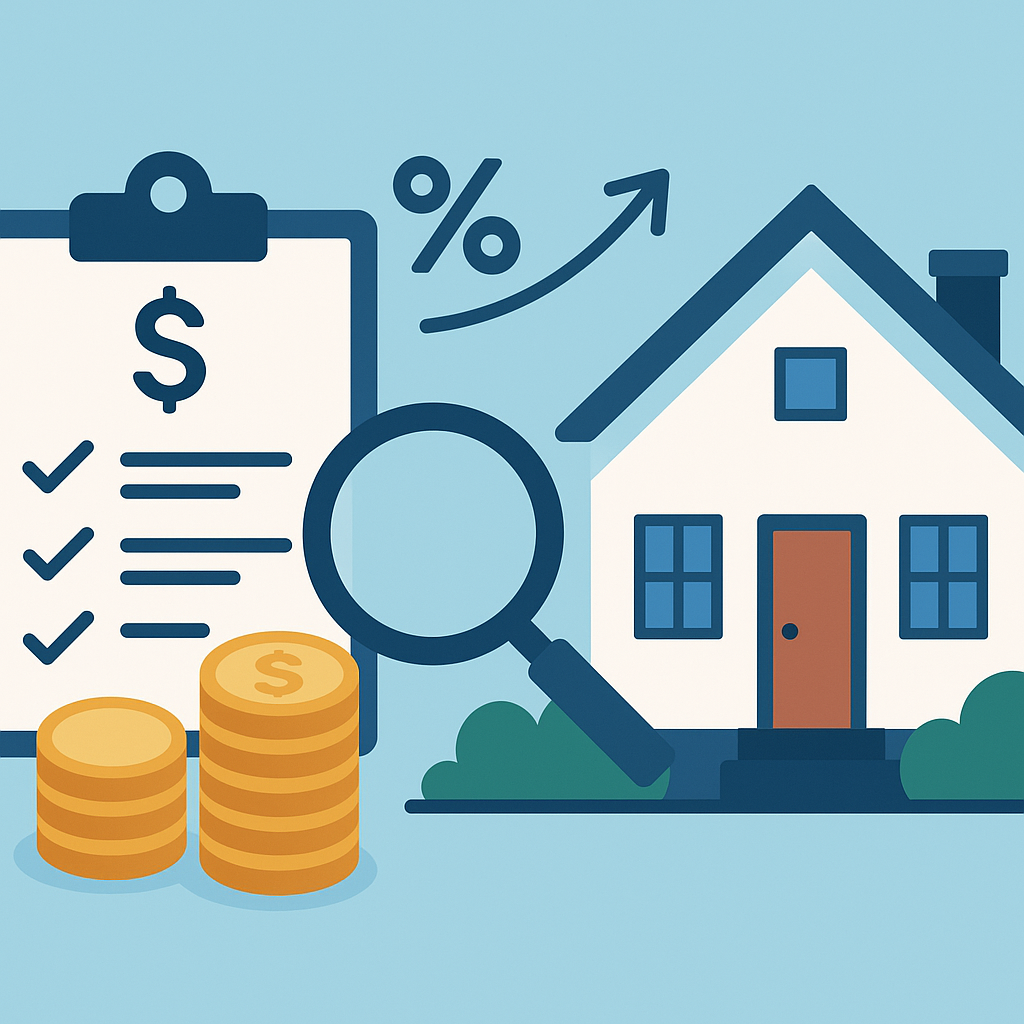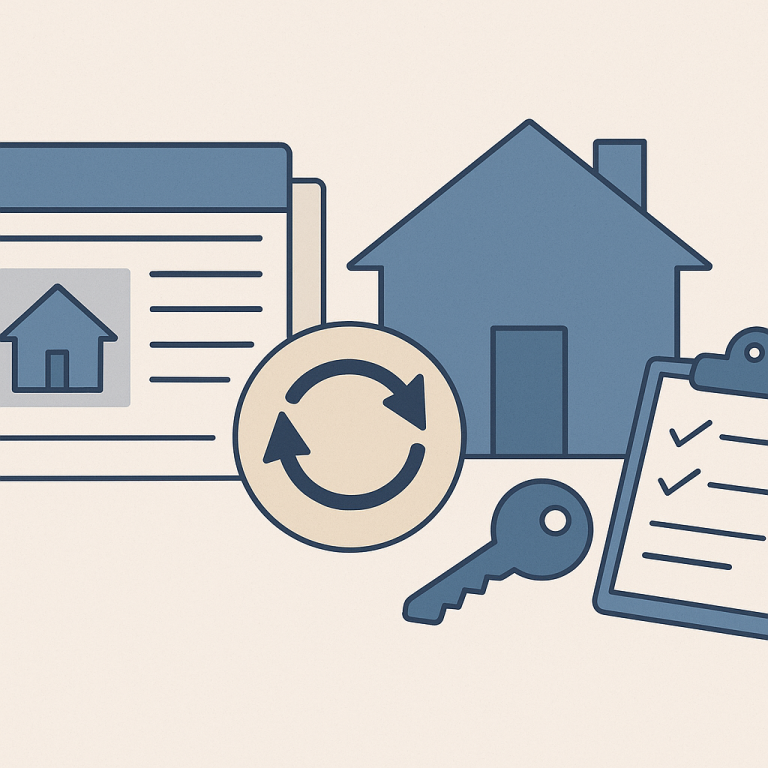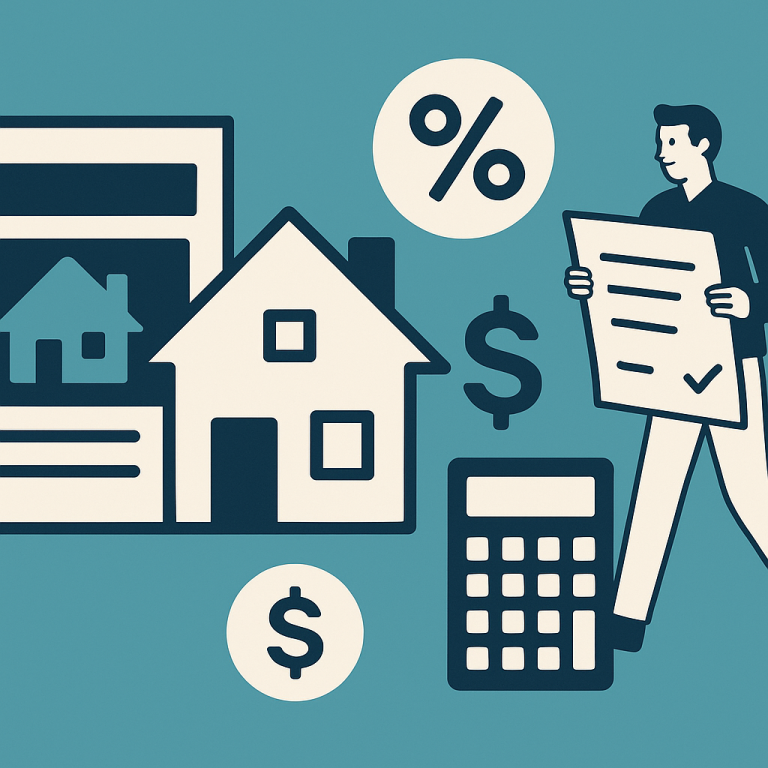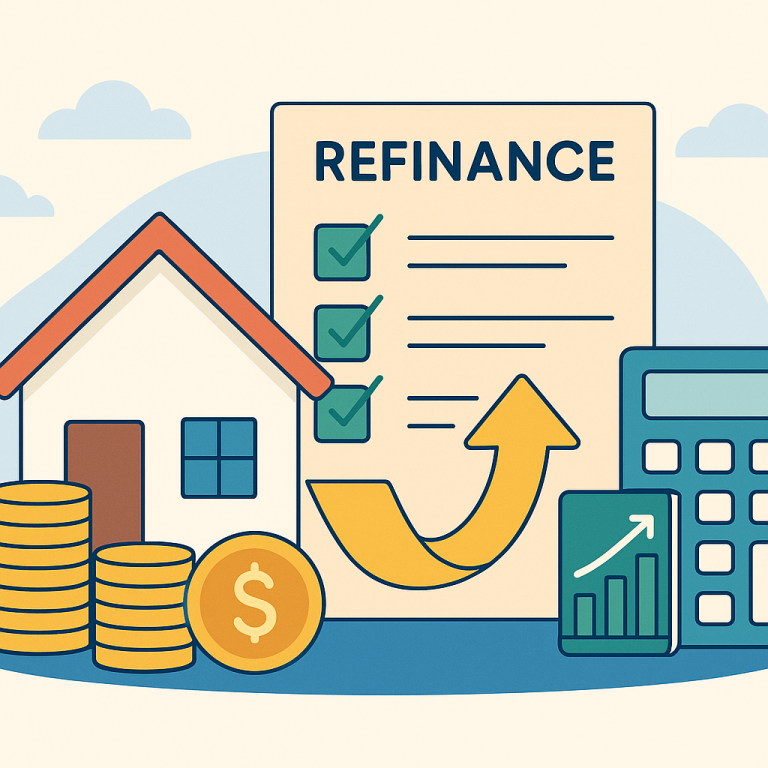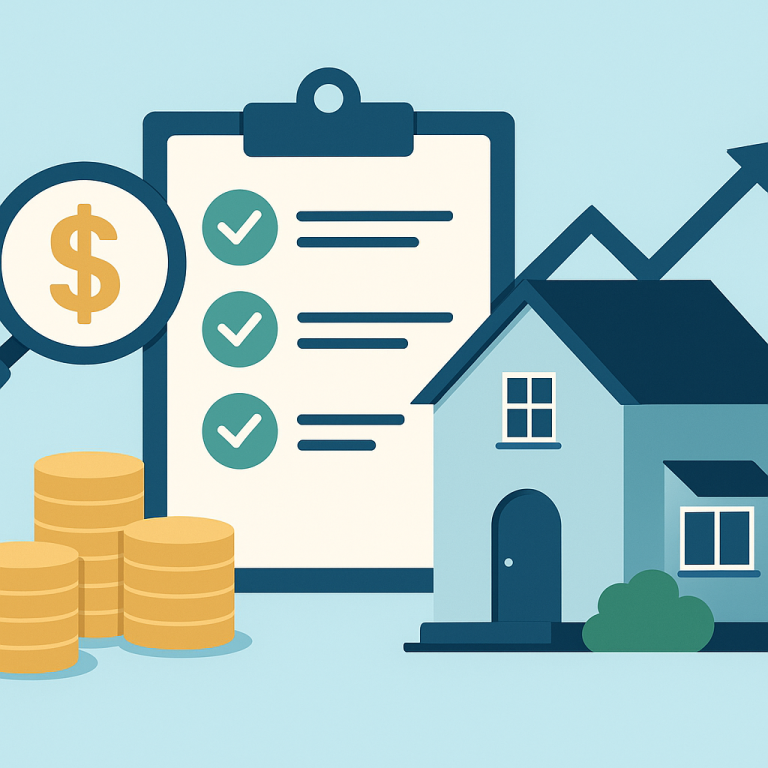Refinance guide New York CEMA refinance to save mortgage tax
What a New York CEMA Refinance Is — and When It Makes Sense
A CEMA (Consolidation, Extension and Modification Agreement) is a New York–specific legal mechanism used when refinancing an existing mortgage. Instead of paying mortgage recording tax on the full amount of the new loan, a CEMA lets the new lender “assume” or consolidate the existing recorded mortgage and record only the additional “new money” portion. In effect, the original mortgage remains on the public record (assigned to the new lender) and the borrower avoids paying mortgage tax on the principal balance being refinanced.
When it makes sense:
- If you have a sizable existing mortgage balance and are refinancing to a larger loan or a lower rate, a CEMA can lower the mortgage recording tax by applying it only to the incremental new money.
- When mortgage recording tax in your county or city is substantial (for example, in many New York City and Westchester transactions), the tax savings can be large enough to justify extra CEMA work and fees.
- If your existing mortgage was properly recorded in New York and there are no obstacles (like intervening liens or unusual provisions), a CEMA is often feasible.
Benefits and Drawbacks
Benefits
- Mortgage tax savings: Primary benefit is paying tax only on the new-money portion rather than the entire refinanced amount.
- Lower out-of-pocket closing cost: Can reduce cash needed at closing by thousands on higher balances.
- Preserves mortgage priority: The original mortgage’s recording date and priority remain intact by assignment, which can be important in multi-lien situations.
Drawbacks
- Complexity and time: CEMA requires additional documents, title work and coordination among attorneys, title companies and lenders; closing may take longer.
- Extra fees: Lenders and title companies commonly charge CEMA processing fees and endorsements that can offset some savings, especially for small loan differences.
- Not always available: Some lenders do not permit CEMA transactions, and requirements differ by lender and county.
Costs and Fees
Although a CEMA reduces mortgage recording tax on refinanced principal, expect other costs:
- Title search and endorsements — additional title work is required so the title company can issue a CEMA endorsement or equivalent, often costing several hundred dollars.
- CEMA processing or administrative fee — many lenders or their counsel charge a dedicated CEMA fee, commonly a few hundred dollars to several hundred dollars.
- Recording fees — you still pay recording fees for the assignment(s) and for recording the new mortgage on new money; these are usually nominal compared with tax but vary by county.
- Attorney and closing costs — attorney fees may be higher because of added document preparation and review.
- Mortgage recording tax on new money — the tax is still due on the incremental amount; rates vary by county and municipality and can be significant in some New York jurisdictions.
Bottom line: total CEMA transaction costs should be weighed against the tax savings; for larger existing balances, CEMA typically yields net savings.
Step-by-Step Process
- Check eligibility: Confirm the existing mortgage is recorded in New York and eligible for assignment. Ask your lender upfront whether it will do a CEMA.
- Engage professionals: Your lender, mortgage attorney and title company should be involved early. Tell the title company you intend to use a CEMA so they can order a proper search and calculate tax impact.
- Title search and payoff demand: Title searches will confirm liens and confirm the outstanding payoff amount. Any third-party liens must be resolved before consolidation.
- Draft CEMA documents: The CEMA itself, an assignment of the original mortgage to the new lender, and modifications or consolidation language are prepared by counsel.
- Signatures and notarization: Borrower(s), old lender (or its assignee), new lender and other parties execute the documents, often at closing or immediately before.
- Recording: The assignment of the original mortgage and the new mortgage (showing only the new-money amount or a partial release arrangement) are recorded in the county clerk’s office in the county where the property is located.
- Title update and endorsements: The title company updates the title policy and issues a CEMA endorsement to protect against matters arising from the consolidation/assignment.
- Finalize payoff and disbursement: The old mortgage is satisfied per the agreement and funds are disbursed; the public record reflects the assignment and the new-money mortgage.
Common Pitfalls to Avoid
- Assuming every refinance can use CEMA: Some lenders and situations are ineligible (out-of-state mortgages, certain subordination clauses, or loans with unrecorded modifications).
- Late coordination: Waiting until the last minute can delay closing — coordinate title, lender counsel and borrower signatures ahead of time.
- Unresolved liens or judgements: Outstanding liens may prevent assignment or require payoff; this can eliminate tax savings or delay closing.
- Not confirming county tax rules: Mortgage recording tax rates and procedures vary by county and city; verify calculations and required documentation for your county.
- Skipping the CEMA endorsement on title insurance: Without it, you may be exposed to title risk around the consolidated mortgage structure.
Short FAQ
Q: How much can I save with a CEMA?
A: Savings equal the mortgage recording tax you would have paid on the refinanced principal amount you’re not “new” money. For example, if you refinance a $600,000 loan but only add $200,000 in new money, you pay tax on $200,000 instead of $600,000. Exact savings depend on local tax rates and CEMA-related fees.
Q: Do all lenders agree to CEMA refinances?
A: No. Many major lenders and local banks in New York are familiar with CEMA, but some lenders do not offer it because of the extra work and documentation. Ask your prospective lender early.
Q: Will a CEMA affect my interest rate or loan terms?
No. A CEMA only changes how the mortgage is structured for recording and tax purposes. The interest rate, term and other loan economics are set by your refinance agreement with the new lender.
Q: Should I use a CEMA if my tax savings are small?
Not always. If tax savings are minimal, added CEMA fees and extended closing time may not be worth it. Run the numbers with your attorney and title company before deciding.
When done correctly, a New York CEMA can produce meaningful savings on mortgage recording tax for borrowers with existing New York-recorded mortgages. Discuss options early with your lender, title company and attorney so you can compare net savings and choose the best refinance path.
META: New York CEMA refinance, mortgage recording tax savings, CEMA benefits and costs, refinance checklist

